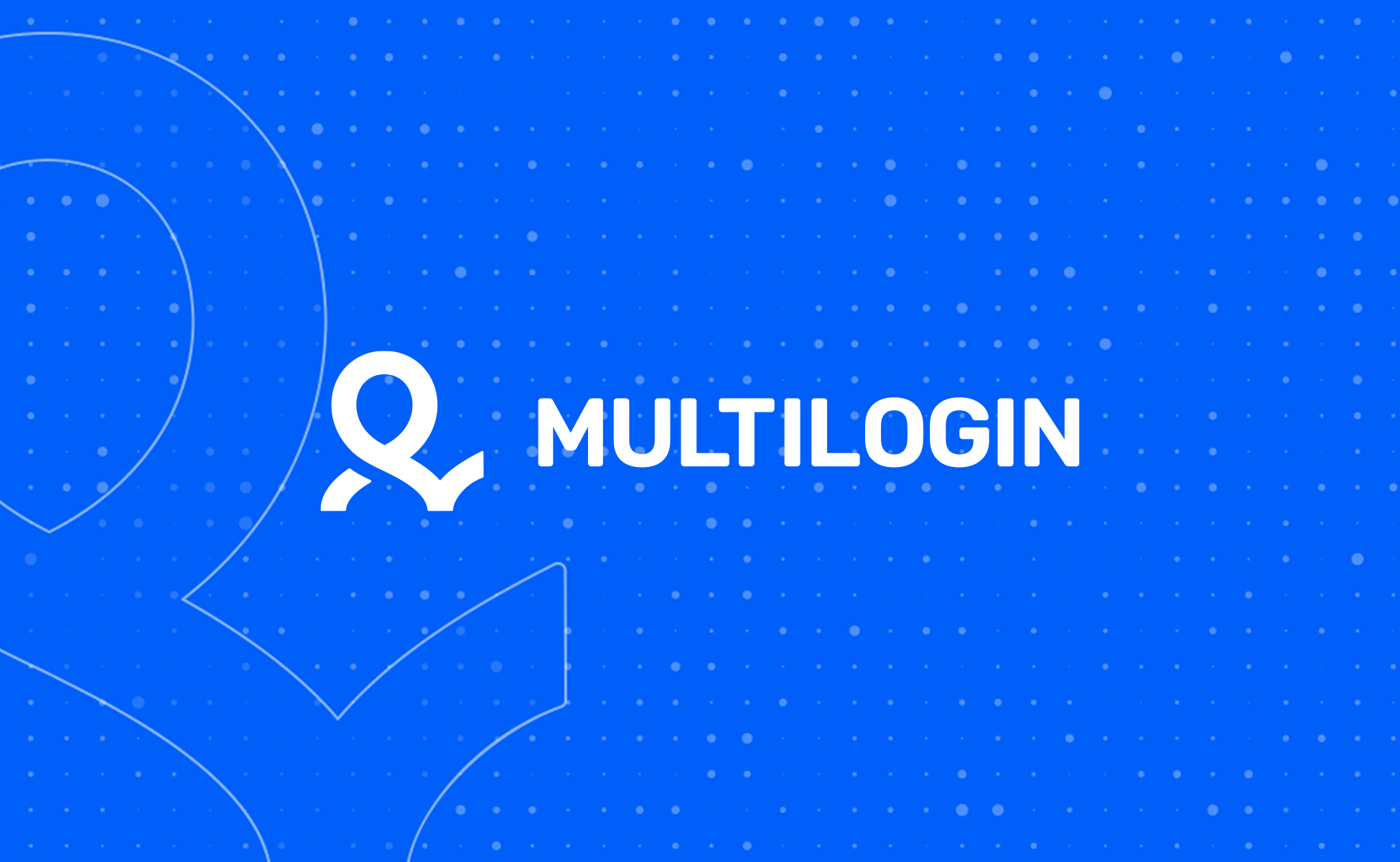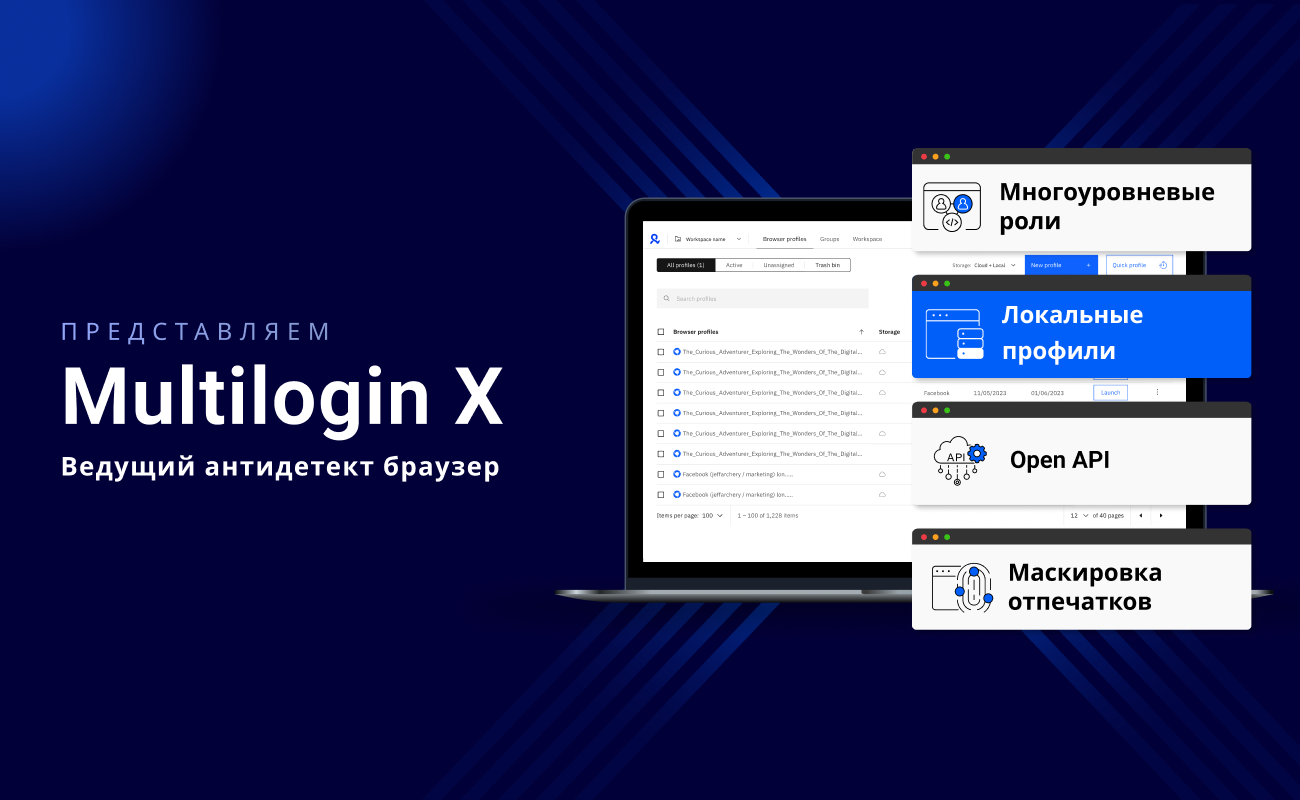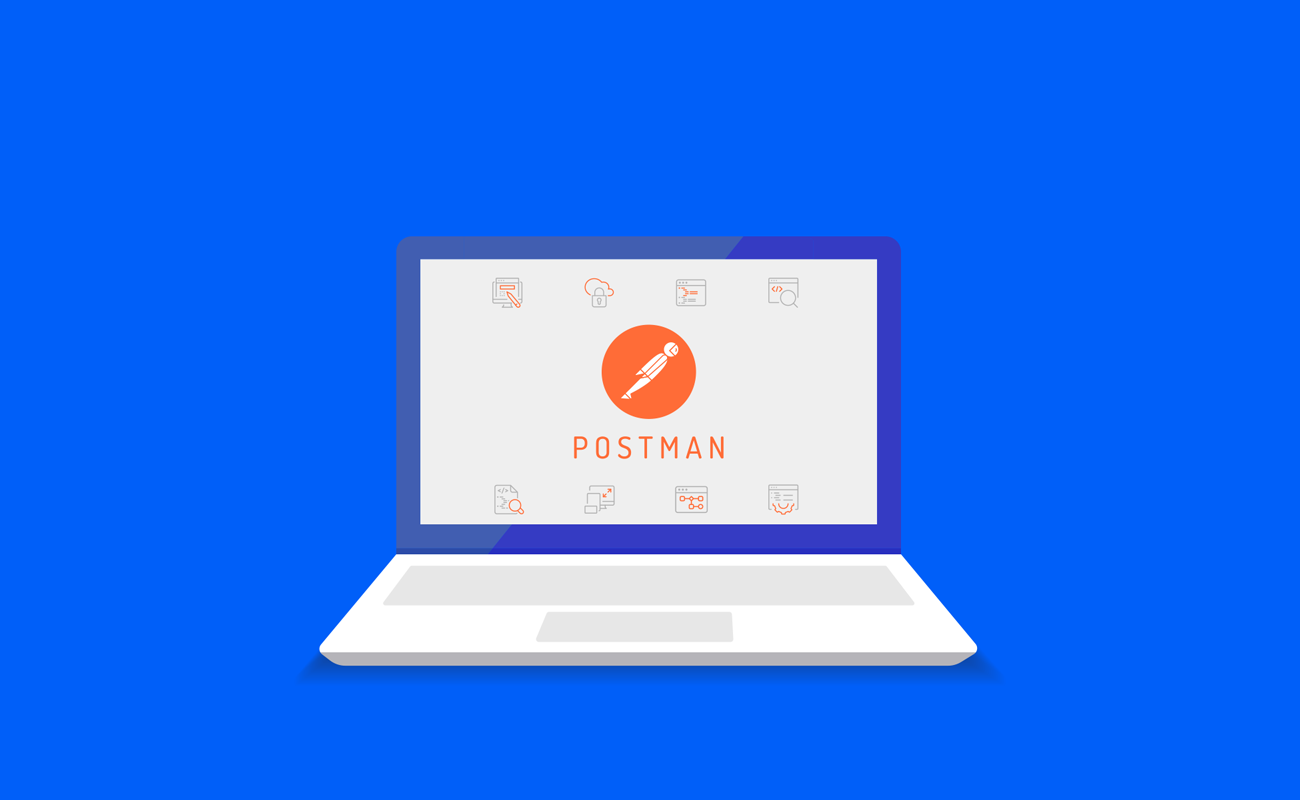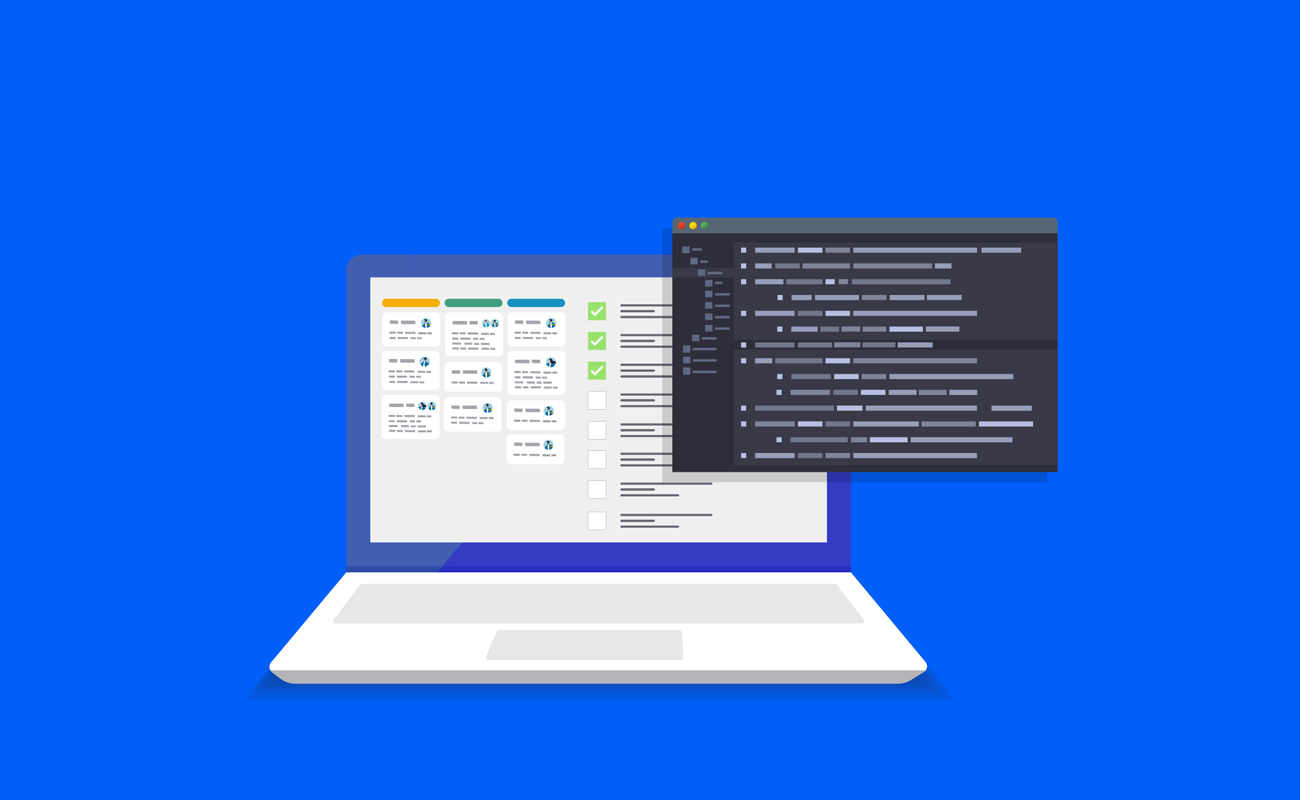
Bright Data: the number one residential proxy service in the world
MAY 25, 2017 | ACCOUNT MANAGEMENT
There are many reasons why you may need access to residential IP addresses. Besides being more secure than the datacenter proxies, residential IP proxies offer greater versatility. On top of that, when used properly, they are almost impossible to detect. But, how do residential IP proxies work? What are the drawbacks? Any disadvantages? When is it best to use specifically residential IP proxies? In this article, we will answer all these questions and many more.
Bright Data, then known as Luminati, was the 1st company to identify the need and provide access to residential IP proxies. Being the first mover on the market, Luminati/Bright Data succeeded to gather the largest pool of residential IPs known today. Their convenient service is easy to integrate with web automation applications. Its scaling potential makes Bright Data a perfect solution for large companies that process massive volumes of information.
We have previously discussed how residential IPs are superior to traditional datacenter proxies. Although residential IP proxies are a better alternative to datacenter proxies, this superiority comes at a high price.
Bright Data offers services intended for companies operating in fields such as:
web scraping,
web data mining,
large scale online marketing,
online privacy among others.
Common uses for Bright Data include without limitation:
Sales Intelligence. Collect valuable information about customers to determine who is the best target for your service.
Comparative Intelligence. Gather and analyze information about competitors: their prices and offers without being blocked or misled.
Brand Protection. Monitor the web and make sure that neither your intellectual property, trademarks, and pricing strategy are being used without your consent.
Ad Verification. Check the ads integrity through millions of available residential IPs and eliminate misleading messages and backlinks.
Talent Sourcing. Connect with a larger talent pool faster and more effectively.
Self-Testing. Test your website from any country in the world and see it as your visitors do.
What you need to know before using Bright Data
Although Bright Data is similar to other proxy and VPN services, don’t let its appearance fool you. Despite free VPNs' promise of increased privacy or bypassing access restrictions imposed by service providers or ISP, they are notorious for security compromises. Service providers sell users' bandwidth, and users experience slow Internet and tons of unwanted ads.
Is this a big or a small price to pay? That depends on each specific user. The model is the same as for Tor Browser, where users need to proactively allow their computer to be an exit node for Tor traffic. With free VPNs, the terms are less explicit.
Let's leave the ethical debate here and go back to Bright Data as it has a lot to offer. Now, we take a look at some specific details about their services.
[newsletter]
Is it a Proxy or VPN? It’s Bright Data!
As mentioned before, Bright Data works through a network of residential IP. The concept behind it is pretty simple.
First, you create a connection to a so-called super proxy. Instead of routing your traffic to the requested website directly, the super proxy chooses another point in the connection chain. But, how does it know which proxy to choose?
Rather than choosing a random exit node, you can tell Bright Data which geolocation you would like to exit through. The exit node will be the last connection in the chain. Thus, the websites will communicate exclusively with that specific node. The sites will only be able to see the IP address of the last node. Which is a residential IP as you've guessed already.
For example, if you need to create a connection that appears to be in New York, Bright Data's super proxy already has a list of all exit nodes currently available in that area. It then selects one of these nodes at random and directs your traffic to it. Next, the exit node will route your traffic to the requested website. Once the site answers, the response is routed back through the entire chain.
The idea behind it is simple. Yet, but the difficulties emerge when developing actual applications integrated with Bright Data.
Learn before using if you need to rotate IPs and how. Using a super proxy, you create a connection with a unique identification number, which is called a session. Depending on a specific case, you may or may not want to keep the same IP address within one session.
Consider creating sessions with rotating IP addresses in Bright Data is easy. It offers several options to choose from:
Close a session and start a brand new one with a new IP address.
Configure a session to rotate IP addresses automatically.
Choose to rotate after a number of requests or timestamp, all within the same session.
The problem with Bright Data is that it can’t preserve the same IP for a long time due to the architecture of the network. Remember that the exit nodes are actual residential IPs? These are the real computers that users can turn off at any time. Leaving a laptop idle for a few minutes may disconnect it from the Internet deteriorating the connection between the super proxy and the exit node.
A weak connection will likely result in an exit node shutting off at any time during a session. Bright Data immediately chooses another node that matches specified criteria at the beginning of the session. Thus, you don’t lose connection. The problem is that the new exit node may appear to be in a completely different location or an IP that belongs to a different provider.
In some cases, this is not very important, like with web scraping for instance. For others the consistency of the IP information is important. A sudden change of region or the ISP can result in a loss of connection on behalf of the website you’re visiting.
To prevent this from happening, Bright Data offers two premium features. Select IP addresses on a city or ISP level. So, every time an exit node drops, you will be assigned a new IP address within the same city or from the same ISP. Note that we haven’t verified if both city and ISP restrictions work together, but they do work individually.
How reliable is Bright Data?
Take into account the service price and the associated costs of integration development, an answer depends on any specific case. That being said, we can help you answer that question considering your priorities.
Technically speaking, Bright Data is extremely reliable. It features tens of millions of IP addresses, multiple super proxies, and thousands of both free and paid users that connect daily to its network. The company has also managed to polish the system and remove all major setbacks, resulting in smooth user experience. Some problems are rooted in the network architecture. You can mitigate these negative issues on the stage of application development.
However, enterprise-level customers not only need technically advanced platforms but also swift and efficient solutions when they face an issue. Unfortunately, customer support is not one of the strongholds here. As it happens to many tech service companies, Bright Data experienced issues with customer support. Since then, customer support quality has improved, so they seem to be addressing their weaknesses at a steady pace.
Bright Data alternatives
Generally speaking, there are no other companies directly competing with Bright Data. This is mainly because they use an extensive network, making their business model impossible to copy overnight and to compete against.
Nevertheless, other companies that offer residential IP services have surfaced over the years. Check the scope of service to learn about the price difference between possible alternatives and Bright Data. Generally, the network of IPs and the scope of services is smaller. Yet, alternatives can be just the right solution for small companies or the tasks that do not require heavy automation or scalable applications.
To wrap up
Despite setbacks, Bright Data still provides the best solution for when you need to build an automated scalable application that works through residential IP proxies. If your task can be accomplished manually, there’s no need access to multiple cities simultaneously, you may consider using alternatives. However, Bright Data still offers the most effective and widely used solution for companies that require access to residential IPs with heavily automated and scalable applications.
What is awesome is that Multilogin can be integrated with Bright Data. We provide extensive technical support during the process. Together Multilogin and Bright Data offer a complete solution to managing both browser fingerprints and IP addresses.
Keep in mind that individual computers, or servers, can be identified and tracked by reading parameters other than cookies or IP addresses. These are known as browser fingerprints. If you use Bright Data to access a website that implements browser fingerprinting techniques, your server may still be identified and tracked effectively linking all of your sessions.
The best way to prevent tracking is to rotate both IP addresses and browser fingerprints. Multilogin helps to create and automate individual browser sessions that have a unique set of fingerprints. You can then request a Bright Data exit node that is attached to this session, creating a unique connection from a website’s point of view.
If you have any questions regarding the integration of Multilogin with Bright Data, get in touch with us here and we’ll be more than happy to answer.





